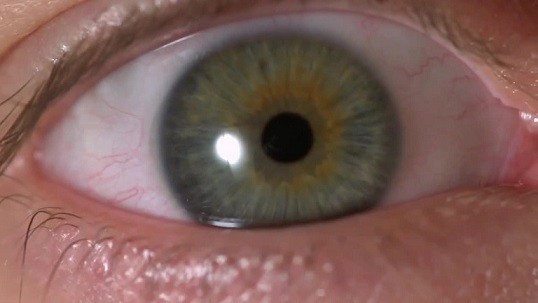How To Remove Dark Skin From Knees, Elbows, Neck And Armpits
It is common for most of us to have dark skin on these areas. It is not unhealthy, just for the appearance is an issue of problem.
The reason for such dark skin is some pigmentation by the name acanthosis nigricans and appears with age and sun tanning. The elbow and knee skin is much thicker and has more fold of skin layers.
There we have no oil and glands as such so the skin is naturally dry. So it is more dry than other body parts.
For the armpits, this happens from shaving and creams and cosmetics. For women it is scarier and more stressful. Especially in summer for t shirts and tops. Try some natural cures to resolve this.

REMEDIES:
- Aloe Vera– it nourishes the skin and lightens it. Also it removes spots. This plant makes skin healthier and refreshed. It is healthy and anti cancer too. Aloe is in many cosmetics. Do this: just take some aloe gel and apply on the neck for whole 20 minutes. Then rinse and do this daily.
- Baking soda– it exfoliates and removes spots and patches of stains. Mix with water (1 part water and 3 parts baking soda. Then place on the neck for 5 minutes. Rinse with cool water. Do it 2 times a week.
- Potatoes– they have a compound called Catecholase that lightens skin. Grind potatoes and put the juice on the neck, after 15 minutes rinse. Another way is to mix lemon juice and potato juice and after 15 minutes rinse this off. Do it daily for great results.
REMEDIES FOR KNEES AND ELBOWS:
- Lemon– it has vitamin c and peels of dead skin. Also it rejuvenates skin and removes those cells, while it tones complexion. Rub some juice on the elbows/knees. After 20 minutes wash with warm water and put lotion. For better outcome, add honey to the mix.
- Sugar– it peels dead skin cells and the granules tone the complexion. Make a mix paste from sugar and olive oil and put on the knees and elbows. After 5 minutes, use cold water. Do it once a week.
- Almonds– it is really healthy and tones skin. Warm up the almond oil and apply before sleeping. After a few days you see results. Also, blend 2 tbsp powder almond and yoghurt for a paste. Put on skin and when dry rinse. Do it once a day for 14 days.
REMEDIES FOR ARMPITS:
- Milk– if you mix it with curd, the lactose acid brightens the skin. You need: 1 tbsp curd, 2 tbsp flour and 1 tbsp milk. Mix everything and make a paste. Apply on armpits and after 15 minutes wash.
- Cucumber– it lightens skin and with lemon it does wonders. The lemon whitens and cucumber cools. For this Ayurveda cure take cucumber juice and lime juice. Then add turmeric and the lemon will start to whiten skin while cucumber cools off. The turmeric prevents further stains. Then you can just place cucumber circles for refreshing.
- Chickpea mask– this brightens armpits so just take: 1 tsp yoghurt, 1 tbsp lemon juice, 2 tbsp flour of chickpea and 1 pinch turmeric. Mix everything and that mix is to be applied to sit for 1 hour. Wash with cold water. This mask saturates and clears skin. In the first 14 days do this 2 times per week.


